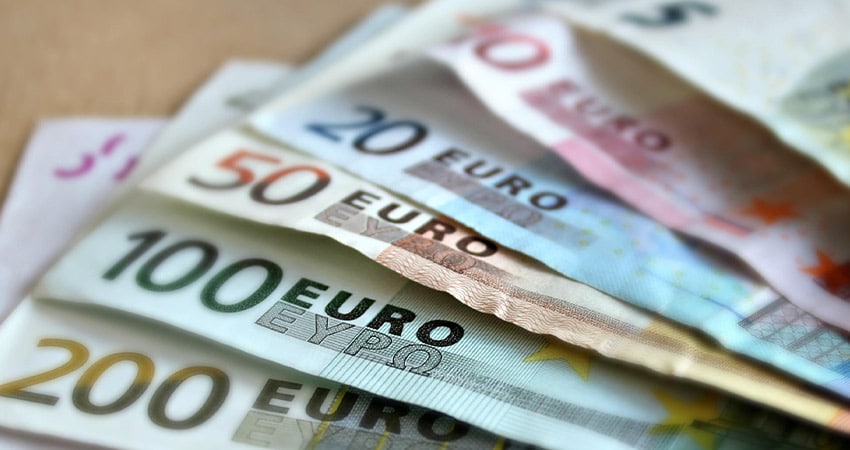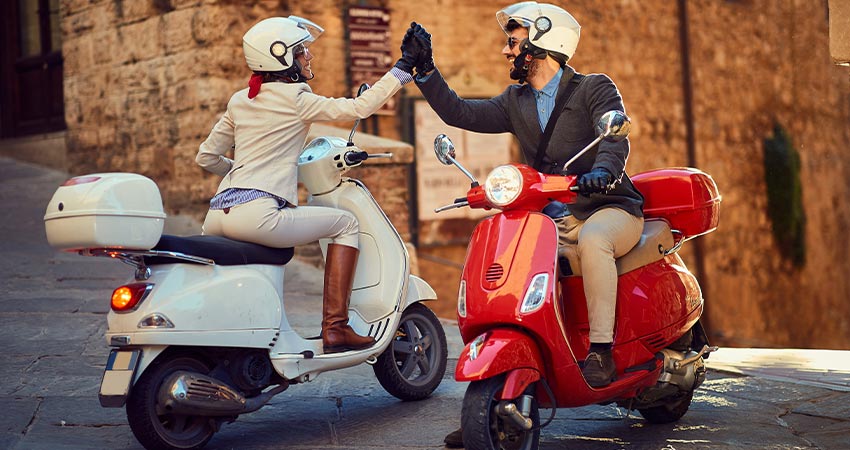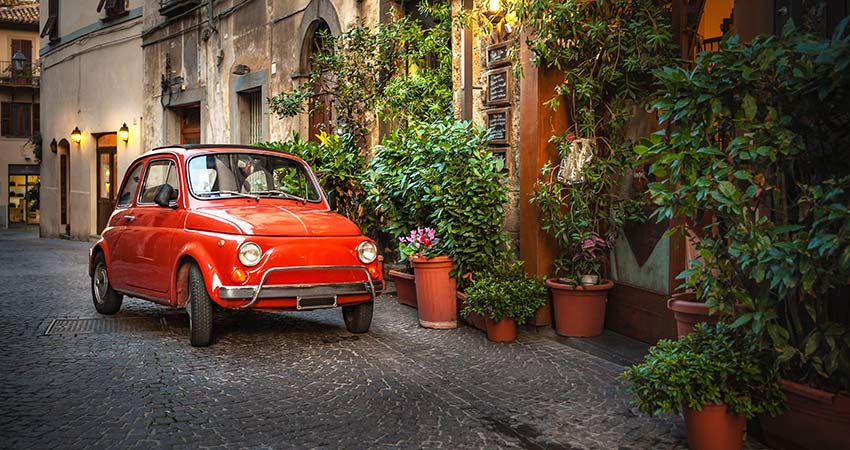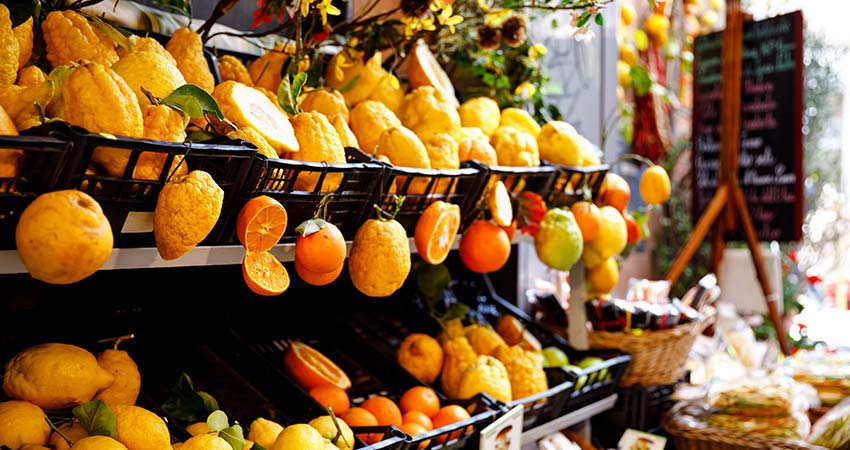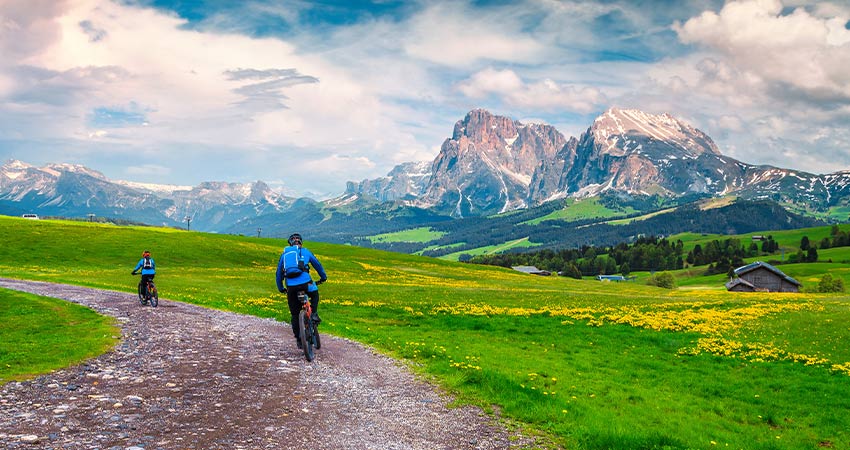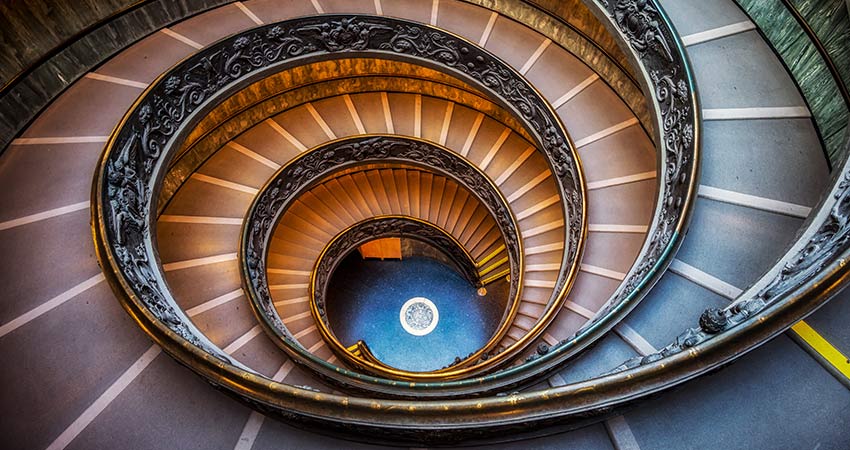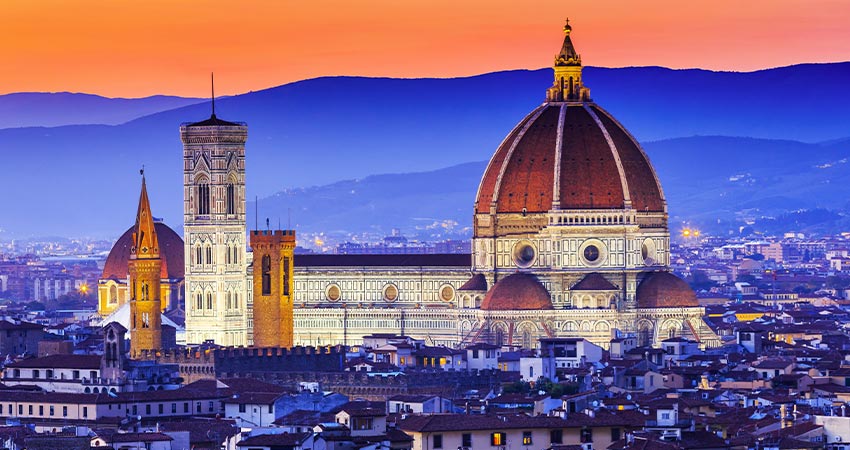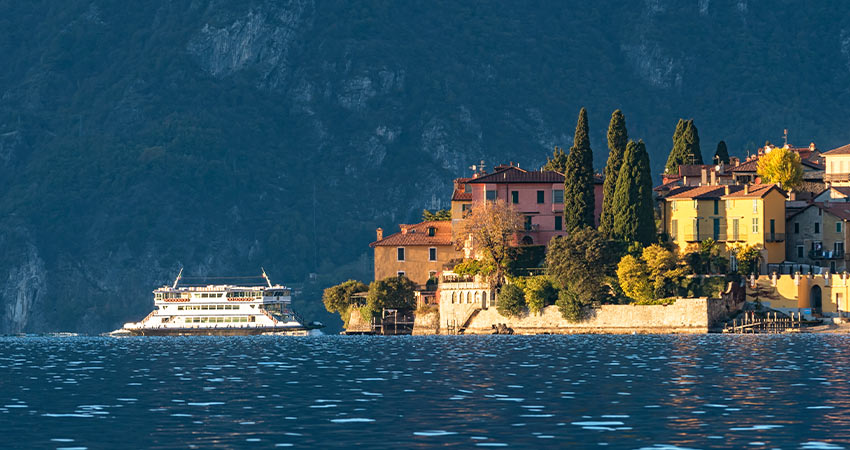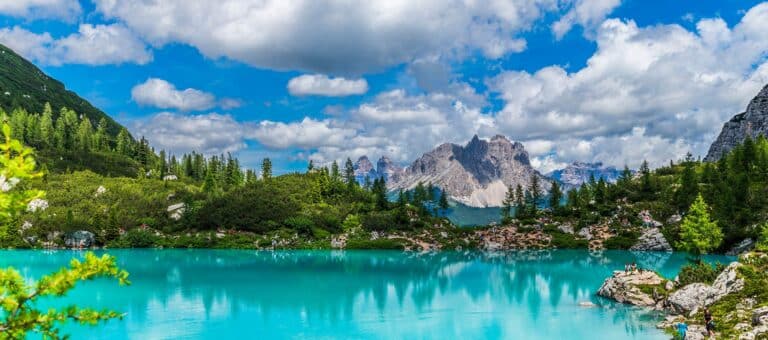Rome, Venice, Florence, Sorrento, Cinque Terre… the names roll through your heart as if they’re a symphony of everything good in life. Thousands of years of culture, extraordinary feasts, style, class, stunning views, and earthy humor. All is Italy, and it is yours to savor. Below are authentic travel tips that will make discovering Italy a pure pleasure.
Money
Italy’s currency is the Euro, €. Several weeks before you leave, stop into your bank and order some Euros. They’re handy to have when you touch down. If you don’t have time, there are places in the airport to change your US Dollars to Euros—the charge is simply a bit higher than what your bank will charge you. Also, it’s nice to have cash on hand.
When in Italy, you can change money at a cambio (exchange office) or post office. You’ll need your passport or other photo ID when you exchange money.
ATM’s
These are called bancomats in Italy. They are plentiful in Italy, and most accept cards tied into the Visa, MasterCard, Cirrus, and Maestro systems. Take out the cash you think you will actually need plus a bit more. Transaction fees apply every time you use the bancomat. (Sometimes the fee is lower if you go inside a bank and withdraw cash there with your card.) If one card doesn’t work, try another—the machines can be temperamental. Before you leave home, give your credit card or debit companies a call and let them know you’ll be traveling in Italy. And remember your PIN numbers—a must.
Credit Cards
MasterCard, Eurocard, Cirrus, and Visa credit cards are accepted just about everywhere. American Express is less common. In small trattorias and pizzerias, sometimes only cash is accepted. Ask before you order.
VAT Tax Refund
Italy charges a Value Added Tax (VAT) on all goods and services. It is currently at 22 %, maximum. Some goods and services are considerably lower. The VAT tax is included in the price tag of an item that you purchase. As a non-EU citizen, you are entitled to a refund on much of the VAT you paid during your travels.
When you make a purchase, ask them for a tax-free voucher. If the shop has several to choose from, choose Global Blue – it is the most readily available at Italian airports. Currently, you must spend 175€ in one shop in order to get a refund, so it pays to buy as many items as you want in the same store. When you go to your departure airport, you simply head to a customs window—there are many—and give them your vouchers. Have your passport, airline ticket, and customs form filled out. A customs official will validate your vouchers for your refund.
You can choose to have the money applied to your credit card. That takes 2 – 3 months. You can also ask for cash back. You will get that in the form of Euros.
You won’t get the entire 22% back—there are administrative fees. Expect to get about 10% – 15% back.
Electricity
The Italy power sockets have a Type F plug and a Type L plug. F is 230V and L is 220V. Both are twice that of the US. Simply purchase an Italy adapter for your plug before leaving. They are inexpensive, small, and easy to purchase online or in many stores. If you forget, you can purchase one in Italy, but it is much easier to get it in advance.
Chauffeured Driving
Many people like to have a chauffeured driver for their trip. It is reasonably priced, great for several people traveling together, there’s room for your luggage, and you get to relax and simply enjoy your vacation. And a local driver can share off-the-beaten-path possibilities with you. Ask your Authentic Destination Expert about this option.
Driving Italy Yourself
Italy’s roads are generally in good shape, but as it is everywhere, driving in large cities can be a nightmare. Ancient cities are best navigated on foot, bus, chauffeur, or taxi.
All drivers must carry their car rental insurance documents and driver’s license. Drive on the right in Italy, the same side of the road you drive on in America When you approach a roundabout, yield to traffic coming from the left. (As in the States, pull over for emergency vehicles.) Roundabouts also have images that indicate sites and restaurants.
Road signs are in Italian. Distances are shown in kilometers (km). Signs generally do not indicate north, west, south, or east—they have the name of a city. In other words, if you’re driving north from Rome, you might see a sign for Firenze (Florence) or Milano (Milan). A GPS is a godsend, and you might want to bring a small pocket map of the country, so you get a feel for how cities are situated in relation to each other.
Seatbelts must be worn at all times. Also, children who weigh less than 97 pounds or are under 4’ 9” must have a child car seat or a booster seat.
Do not use your cell phone while driving unless you have a hands-free device—three out of four accidents in Italy were caused by texting or talking on cell phones. And, although drinking wine is part of daily life, under .5% BAC is mandatory. 0% for those under 21.
Driving Distances
Below are listed examples of driving distances. We suggest that you keep your driving to under 175 miles/day when possible. Italian roads travel through stunning territory. Relax.
- Rome to Naples: 142 miles (229 km) 2.5 hours
- Rome to Florence: 174 miles (280 km) 3 hours
- Florence to Venice: 159 miles (256 km) 2.45 hours
- Florence to Milan: 186 miles (299 km) 3.15 hours
- Milan to Como: 30 miles (48 km) 50 minutes
- Florence to Cinque Terre: 112 miles (180 km) 2.5 hours
- Rome to Sorrento: 171 miles (275 km) 3.25 hours
- Rome to Sicily: 565 miles (909 km) 10 hours
- Florence to Siena: 44 miles (71 km) 1.2 hours
GPS
We strongly suggest the use of a GPS. Tell your Authentic Travel Expert you want one when setting up your car rental. If you forget to do that, ask for one at the rental agency desk at the airport. But, far better to plan in advance.
Speed Limits
Speed limits on all Italian roads are sign-posted by a white and red circle with the speed limit in kilometers written in the center. Few police check the roads, but there are many cameras, especially on highways. If you’re driving a rental car, and you exceed the speed limit, the ticket goes to the rental company which will take the amount of the fine off your credit card. So, go easy on the roads and enjoy the stunning scenery.
Road Signs
All road signs are in English and in Irish. In rural areas, you might see a road sign that points in opposite directions to the same town. If you’re adventurous, flip a coin. If you’re on a schedule, listen to your GPS.
Marketplaces
You can eat and shop your way through Rome on almost any central street. Leather goods, local wines, flowers, and fresh fruit are particular finds. The Via Sannio Flea Market, near St. John Lateran Archbasilica, is an open-air affair with vintage clothing, food, and collectibles. Head south of Florence, and you’re in the center of the oldest and largest flea market in Italy. The Antique Fair Arezzo, an indoor marketplace, has been selling specialty foods and quirky antiques since 1873.
The Santo Spirito Market is just over the bridge from Florence, selling produce and Italian kitchen ware. (The foods, fresh from the Tuscan countryside, are heaven.) When you’re in the Piedmont region, make a point of going to the Piazza Campo del Palio in Asti. Open on Wednesdays and Saturdays, you can find chestnuts, apples, and of course, sparkling wines. The Ballaro Market, in Palermo, Sicily, is a riot of color and personality. Enjoy the produce and the street food, but really dive into the scene for a feel of authentic Sicilian culture.
Roll out the Fun!
Italy has plenty of adventures for you. The Lake Maggiore Zipline is 1,000 feet high and, with speeds of up to 70 mph, you’ll feel like a hawk gliding over some of the most magnificent landscape in the world. The Lake region has natural hiking paths with small inns along the routes for traditional food. Lake Como is brilliant for cyclists to explore the coast or use as a base to cycle the paths to Switzerland. Como also offers sailing, kitesurfing, and windsurfing.
In the hill country, medieval Siena invites you to discover adventure at Saltalbero. This peaceful oasis, overlooking the Ombrone river valley, offers acrobatic paths between trees and activities on the ground. There’s something here for every age! Just a mile from the center of Florence, in the hills above the city, Adventure Park II has ziplines, treetop activities, and Tibetan suspended bridges. In Rome, you can have a unique Escape Room Adventure!
Tipping
Italians are not big tippers. Here is a general guide, but as in the States go up or down, depending on the service you received.
Waiters: 5% – 10%
Hotel Porter: 1 Euro/bag
Housekeeping: 1 Euro/day
Concierge: 2 – 3 Euros
Taxi Driver: Round up to the nearest Euro
Holidays & Public Closures
Public Holidays—Schools, post offices, and banks close. Many shops and attractions have limited hours or close. Many small towns also have days off. The following dates of holidays are for the year 2022:
- New Year’s Day: Sat, Jan. 1
- Epiphany: Thurs, Jan 6
- Easter: Sun, April 17
- Easter Monday: Monday, April 18
- Liberation Day: Monday, April 28
- Labor Day: Sunday, May 1
- Republic Day: Thursday, June 2
- Feast of Assumption: Monday, August 15
- Ferragosto: Monday, August 15
- All Saints’ Day: Tuesday, Nov. 1
- Feast of the Immaculate Conception: Thursday, Dec 8
- Christmas Day: Sunday, December 25
- Saint Stephen’s Day: Monday, December 26
Hours For Shops & Banks
Hours vary throughout the year, especially in rural areas. The times given are for high season. Most shop hours are from 9 am – 1:30 pm—closing for lunch—then 3:30 to 7:30pm. This is Monday – Saturday. In large cities, shops often stay open during lunch and Sunday mornings. And some shops close on Monday mornings. In small towns these hours may be reduced or increased, depending upon the owner’s personal schedule. You get the picture—if you see something you love, buy it then!
Restaurants open from noon – 3pm and 7:30- 11 pm. Bars and cafes are open from 7:30 am – 8:00 pm, sometimes until 1 or 2 am. Club hours are different. They generally open at 10 pm and close at 4 am or 5 am.
Banks are open Monday – Friday, 8:30 am – 1:30 pm, and 2:45 – 4:30, M – F.
Smoking, Drugs, & Alcohol
Smoking is banned in pubs, restaurants, shopping malls, and all public places. The possession of illegal drugs is prohibited and could result in a prison sentence. The legal limit for Blood Alcohol Content is .05% and strictly enforced.
Time Zone
Italy is on Central European Time, one hour ahead of GMT. (When it is 8 am in London, it is 9 am in Italy.) Daylight Savings time starts the last Sunday in March and end the last Sunday in October. Clocks move ahead one hour. Italy uses a 24-hour clock. For example, 1:00 pm is 1300.
Visiting Sacred Sites
When visiting a church, cathedral, or ancient site remember you are on sacred ground and show respect.
What to Pack
Pack good walking shoes—many streets are made of cobblestones, and you’ll want solid footing. Bring your hat, sunglasses, and sunscreen. Unlike many countries, what you wear matters in Italy. Even in villages, Italy is about looking good. Milan, in particular, is over-the-top stylish. Men should have a nice pair of pants or stylish jeans—no clothes with holes.
Feel free to wear shorts, t-shirts, sandals, and sleeveless tops in the summer, particularly at the beach. Wear long sleeves when dining out. Pack at least one smart, casual outfit for dining out and in the evenings. Unless it’s winter, you’ll only need a light sweater.
Pack your electrical adapter, a copy of your passport and credit or debit cards. (Best to only bring two or three of these.) Make copies of your health insurance. Keep your meds, important copies of docs, and some cash in one small, convenient bag.
Cell Phones & Wi-Fi
Free hotspots are available in main towns and cities. Your lodgings have Wi-Fi, although, as with anywhere, small towns often have spotty coverage. Before leaving, contact your cell phone carrier. Most will charge you a relatively small fee, usually $10/day, for making calls back to the US and within Italy on your cell phone. This is very handy!
Emergency Phone Number
Ambulance—118. Police—112 or 113. Fire—115.
Health
Drugs and medicines are sold at pharmacies. The word Farmacia in a green cross, or simply printed on a large green sign, is the sign you’ll see for pharmacies. If they are closed, they post a sign stating which pharmacies are open. You can get most supplies for minor medical ailments. You can also get advice, but unless in a major city the pharmacist may not know much English. If you need medical attention, ask the hotel or B & B owner or concierge to get in touch with a General Practitioner for you. If you need an ambulance, dial 118 anywhere in Italy.
ID
You will need your US driver’s license and your passport at the car rental desk.
Ferries
Ask your Authentic Travel Expert if you’d like to know about ferries to Capri, Sardinia, across the lakes, and to Sicily.
Hair Dryers
Hairdryers are generally supplied in our accommodations.
Wash Cloths
Wash cloths are an American invention, and you will rarely see them in Italy. If this is something you absolutely must have, pack your own.


